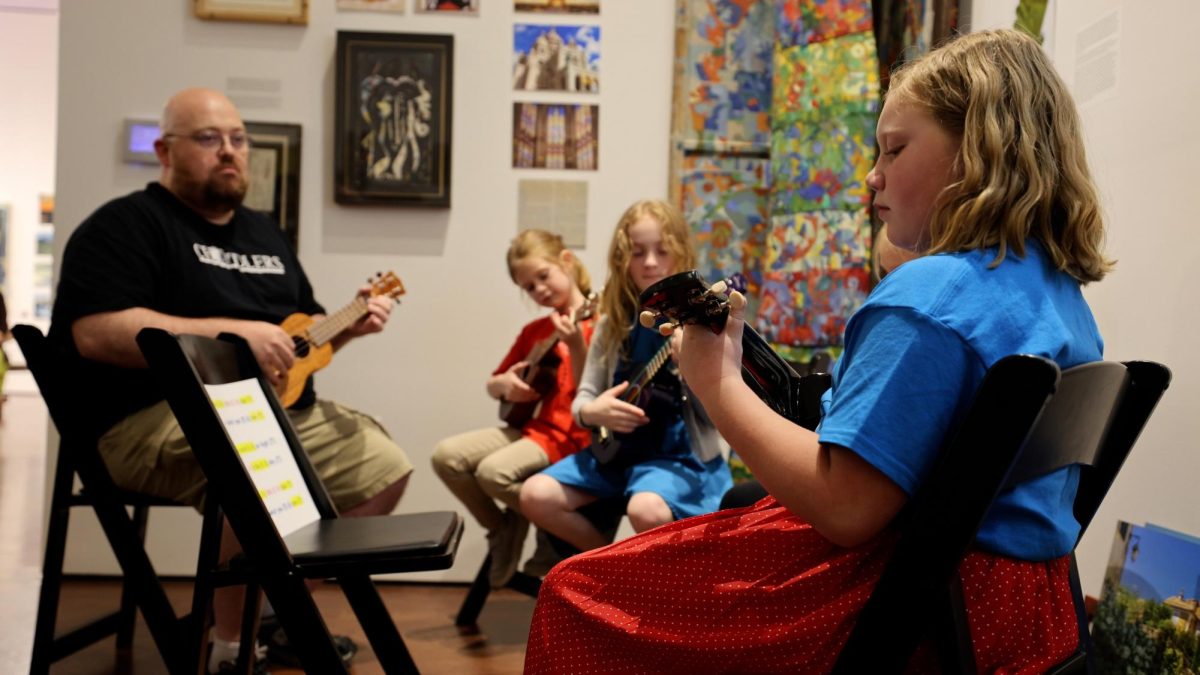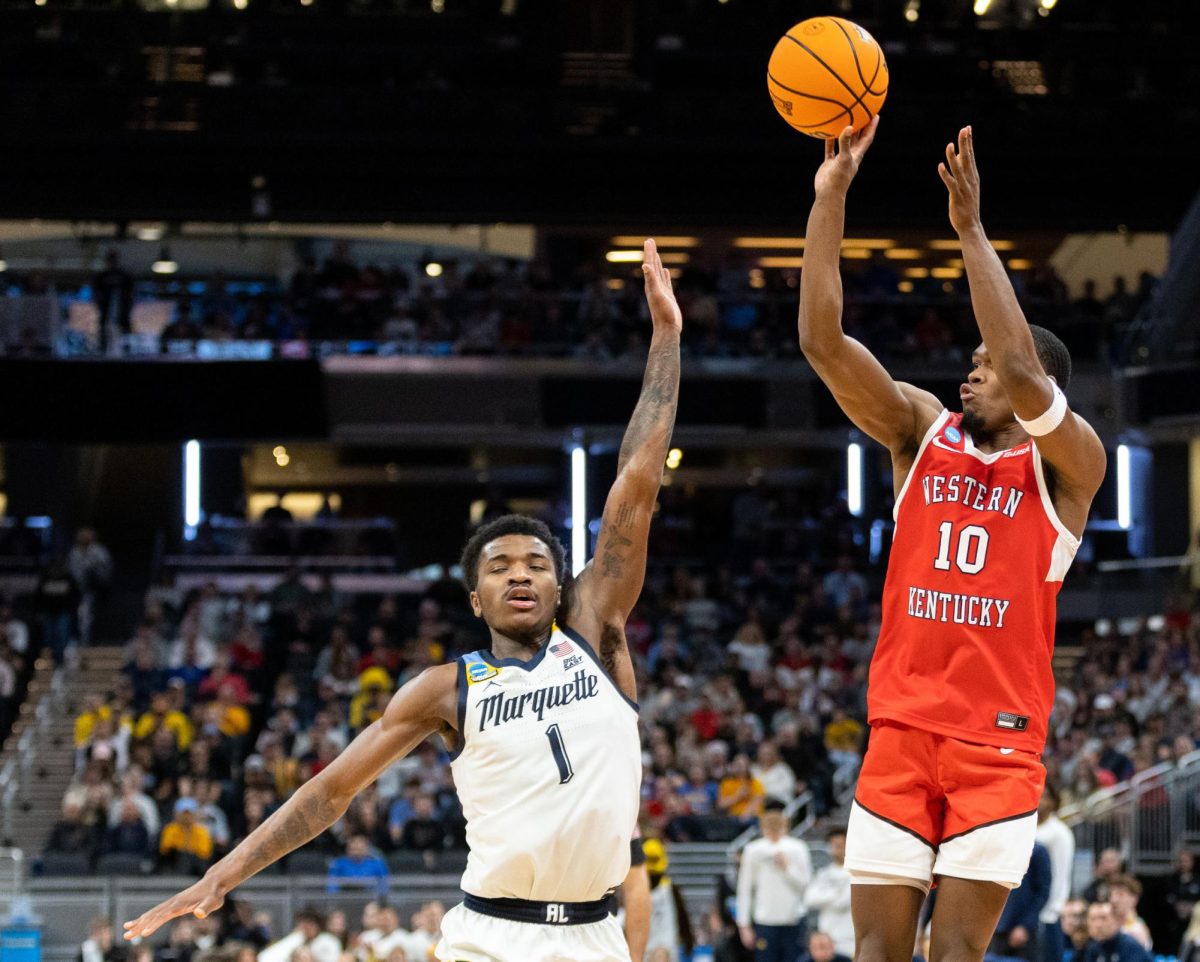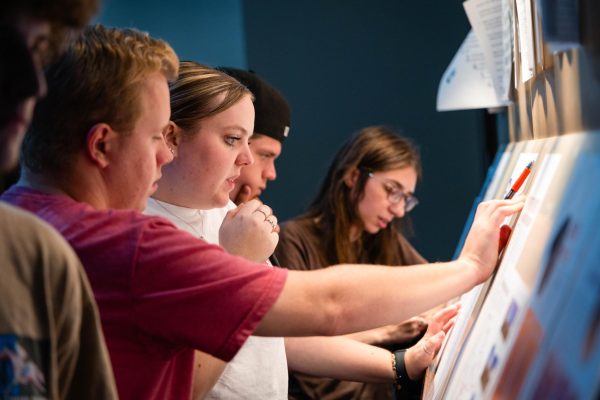Culture of violence is to blame for mass shootings
October 13, 2015
The issue: School shootings are becoming more prevalent, creating tension and fear on campuses and stirring discussions about gun control and mental illness.
Our stance: It’s difficult thinking about school shootings, especially on our own campus. In light of the shootings at colleges in Oregon, Arizona and Texas and the threat at Eastern Kentucky University, gun violence is becoming more common and important to discuss.
Since the beginning of October, there have been three fatal shootings on college campuses across the U.S. Closer to home, EKU was shut down at the end of last week because of threatening graffiti.
After news about Umqua Community College in Oregon spread, media outlets like CBS Evening News published stories with headlines like, “Mass shootings and the mental health connection.”
Talking about mental illness in relation to extreme cases of violence only adds to the stigma surrounding it and harms those affected by it. Violence and mental illness are not directly correlated according to a report published by Jeffrey W. Swanson, E. Elizabeth McGinty, Seena Fazel and Vickie M. Mays titled “Mental illness and reduction of gun violence and suicide: bringing epidemiologic research to policy.”
Yes, gun control is a major issue. According to research done by Stanford law professor John J. Donohue III that was published in December, right-to-carry laws are connected to higher rates of crime, specifically robbery, rape and aggravated assault.
Obviously, all of the offenders in the shootings had access to guns in order to commit the crimes. A more intensive process in buying and keeping a gun and more rigid laws controlling the use of guns owned by the public would help to decrease violent crime.
Discourse needs to shift from talk of gun control and mental illness towards a critique of the culture of violence prevalent in the U.S.
The shooter in Oregon reportedly expressed fascination in other famous murderers. It’s no secret that these violent incidents are talked about for weeks and months after they occur. Though most people will know the names of the perpetrators, only a few will know the names of the victims.
Movies, television shows and video games all display violence so often that viewers become desensitized to it. These are just outlets used to express violence without fear of punishment, but they also make acts of violence — acts that would disgust many people — seem normal and achievable.
While pop culture isn’t the only source to blame, its reach to almost everyone makes it a huge contributing factor. To stop violent crime, we need to examine how violence is expressed in the U.S.


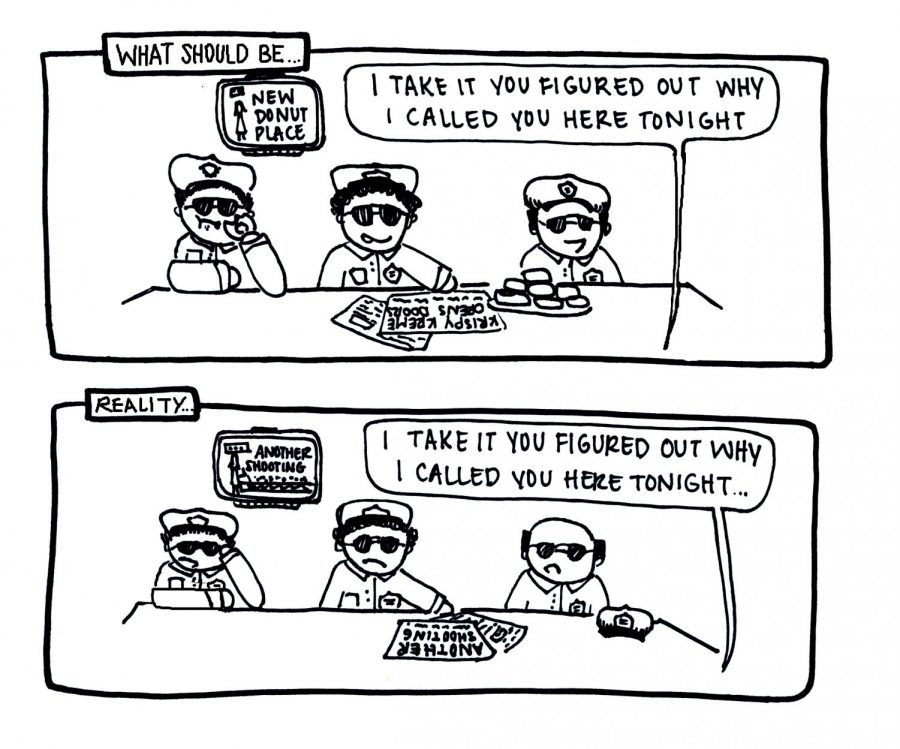







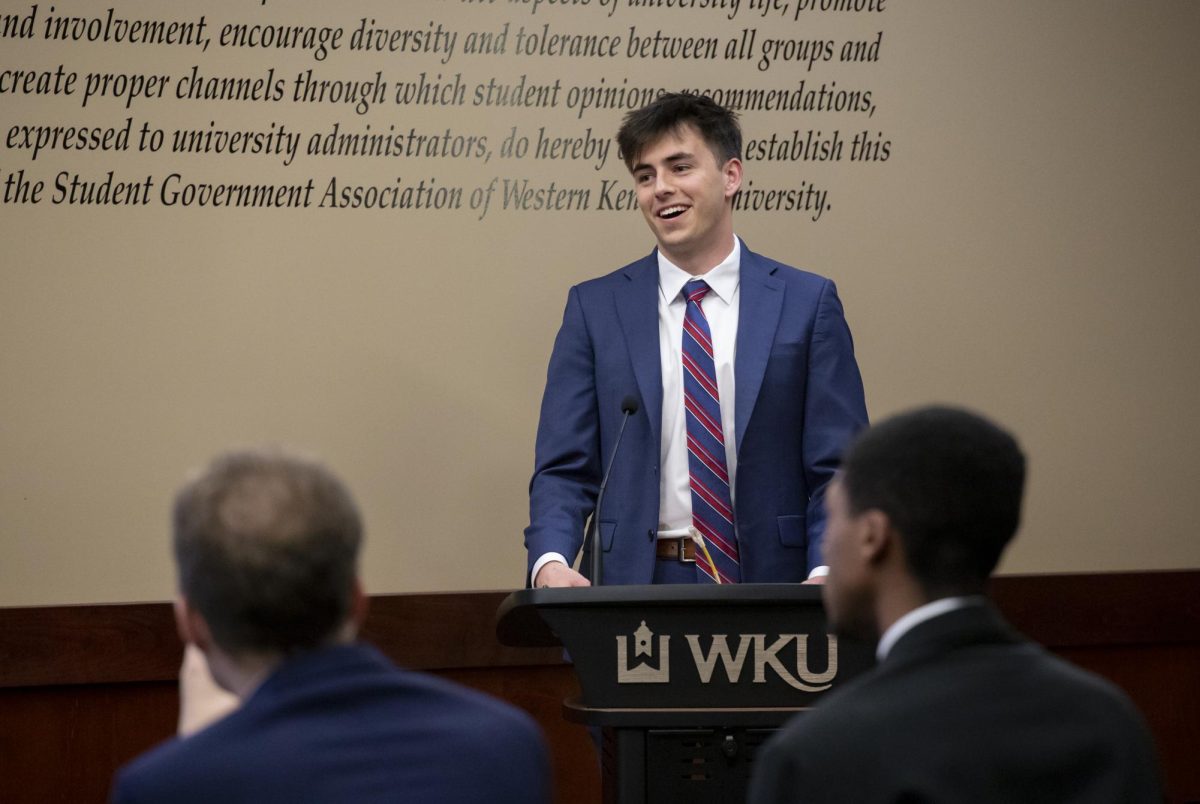
![Students cheer for Senator at Large Jaden Marshall after being announced as the Intercultural Student Engagement Center Senator for the 24th Senate on Wednesday, April 17 in the Senate Chamber in DSU. Ive done everything in my power, Ive said it 100 times, to be for the students, Marshall said. So, not only to win, but to hear that reaction for me by the other students is just something that shows people actually care about me [and] really support me.](https://wkuherald.com/wp-content/uploads/2024/04/jadenmarshall-1200x844.jpg)
